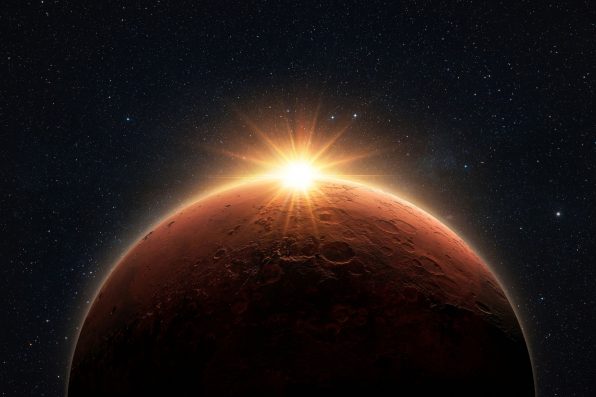Today, the surface of Mars is hostile and unfit for life to thrive. But in the past, it may have actually been suitable for life, especially since there is evidence that the planet’s surface was once covered with liquid water. NASA’s robotic explorers are combing Mars for clues of ancient life that might have lived there long ago.
Currently, the Curiosity rover is surveying the Gale Crater on Mars. Researchers used instruments on board the spacecraft to measure the isotopic composition of carbon-rich minerals in the crater.
They discovered new information about how the Red Planet’s climate transformed to result in an uninhabitable environment.
“The isotope values of these carbonates point toward extreme amounts of evaporation, suggesting that these carbonates likely formed in a climate that could only support transient liquid water,” said David Burtt, the lead author of the study from NASA’s Goddard Space Flight Center in Greenbelt, Maryland.
The samples they collected did not indicate that Mars’ ancient environment could have supported life on the surface of the planet.
However, it is possible that underground life or surface-level life could have existed before the carbonates formed.
Scientists like to study carbonates because they act as climate records. The minerals conserve the signatures of the environments in which they formed.
They can provide details about the temperature, acidity, and composition of the water and atmosphere.
There are two possible scenarios to explain the formation of the carbonates found in the Gale Crater.

Sign up for Chip Chick’s newsletter and get stories like this delivered to your inbox.


